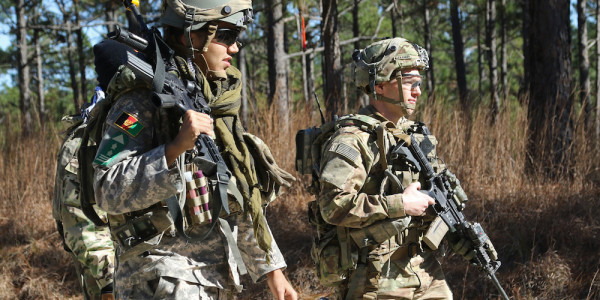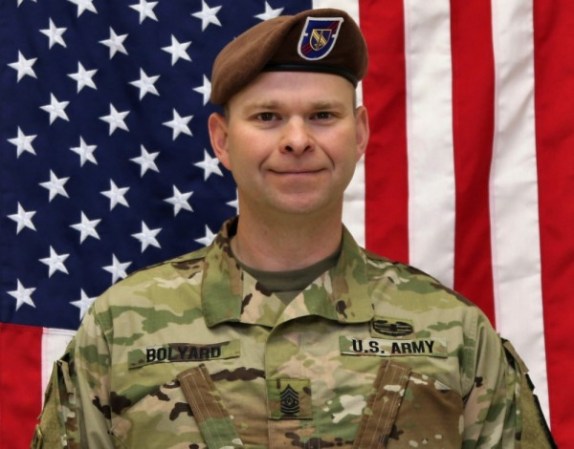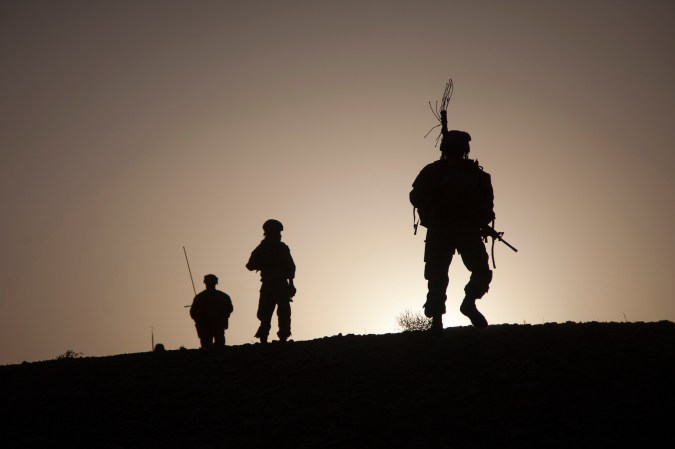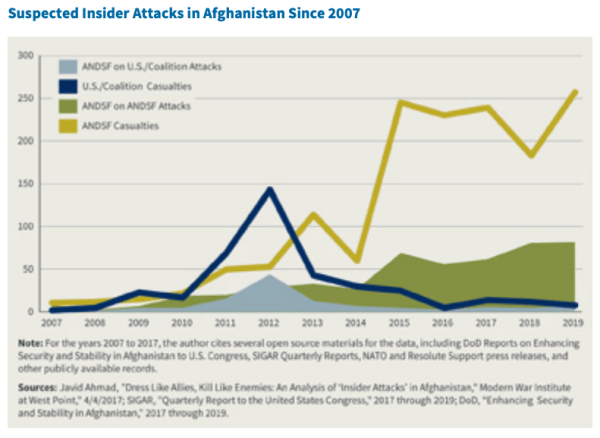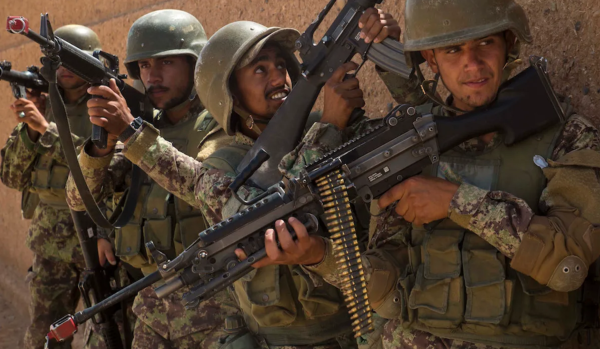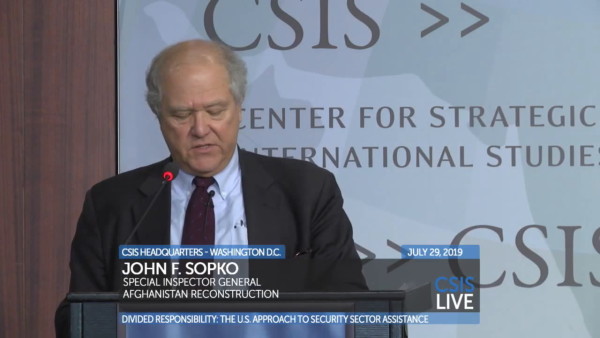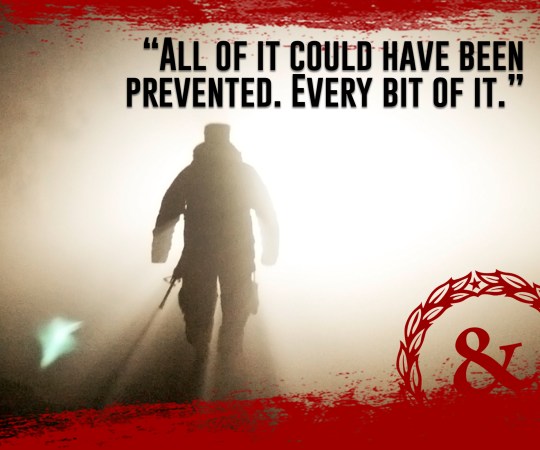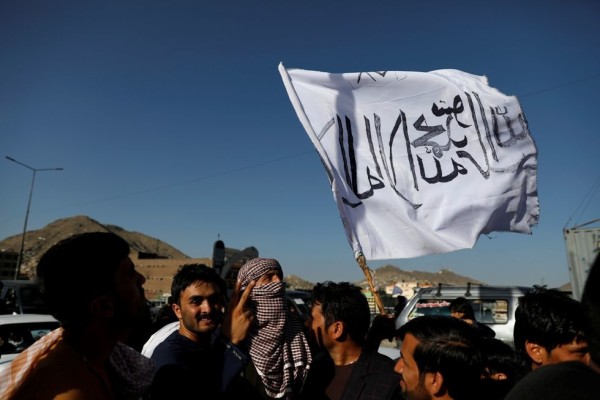In the aftermath of the insider attack that took the life of a U.S. soldier last week, Army officials are reaffirming their concerns over the prevalence of such incidents among U.S. military personnel deployed to Afghanistan to train, advise and assist local security forces, the Associated Press reports.
- Army Cpl. Joseph Maciel, one of 300 soldiers deployed with Task Force 1-28 infantry in support of the brand new 1st Security Force Assistance Brigade, was killed during an apparent insider attack in southern Afghanistan on July 7.
- Speaking to reporters on July 13, Army chief of staff Gen. Mark Milley told the Associated Press that “casualties are going to occur” among U.S. military personnel “in exposed positions” on training and advisory teams, adding that such a deployment “is a high-risk situation.”
- The AP notes that Milley’s comments echo those of delivered by Col. Scott Jackson in June: “We have had our Afghan partners come to us with intelligence that pre-empted potential attacks, and they have been proactively taking care of their own problems.”
- So-called “green-on-blue” insider attacks hit their peak in 2012, when U.S. personnel and Afghan security forces endured 44 incidents, according to 2017 data from The Long War Journal. By 2017, the number of insider attacks had dropped to just three.
The 1st SFAB training brigade deployed to Afghanistan earlier this year. The Army is intent on standing up and deploying at least six such new brigades to help augment the existing train, advisory, and assistance mission in the war-torn country. In the meantime, Milley told the Associated Press that the Army “is still trying to determine if the shooter was from the Taliban or another insurgency or just an angry Afghan soldier.”
WATCH NEXT:

